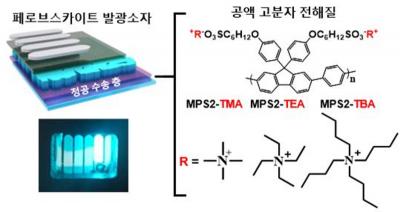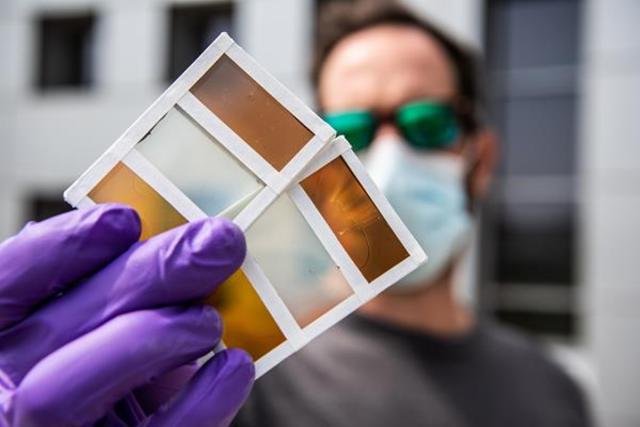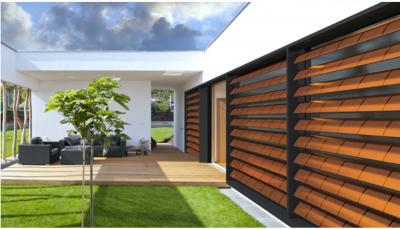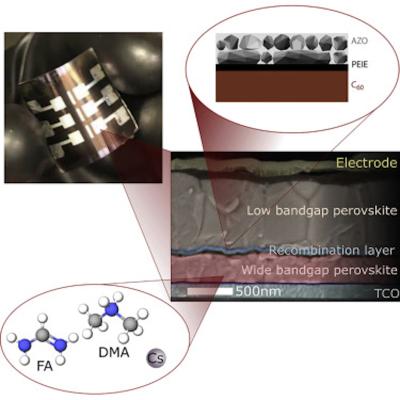Researchers address the blue light issue of perovskite-based LEDs
A team of researchers at the Ulsan Institute of Science and Technology (UNIST) and Korea University, led by Professors Myung-Hoon Song, Sang-Gyu Kwak and Han-Young Woo, recently announced the development of a PeLED - a perovskite-based LED device, that emits blue light.

The team explained that the perovskite light emitting device, which uses perovskite as a color material, is more than three times more efficient than before and has a high color purity, enabling a clear blue color.




